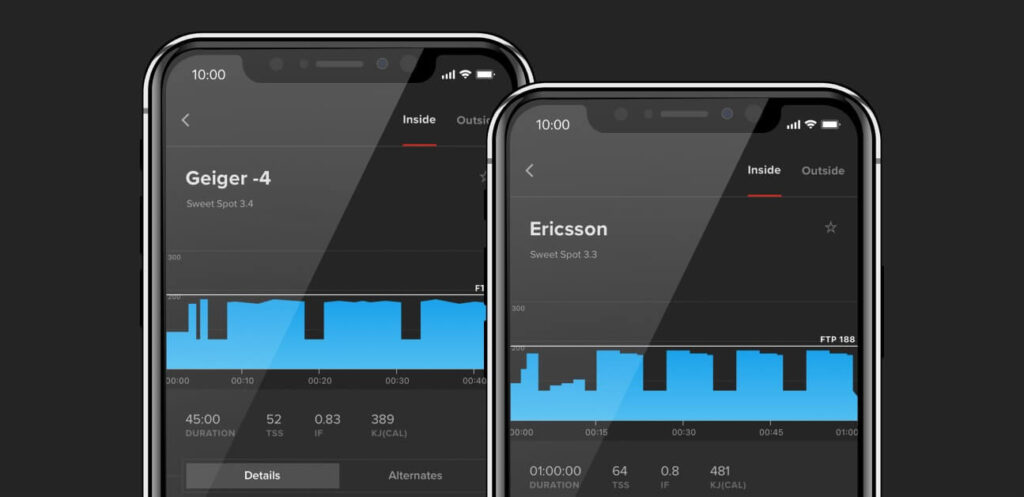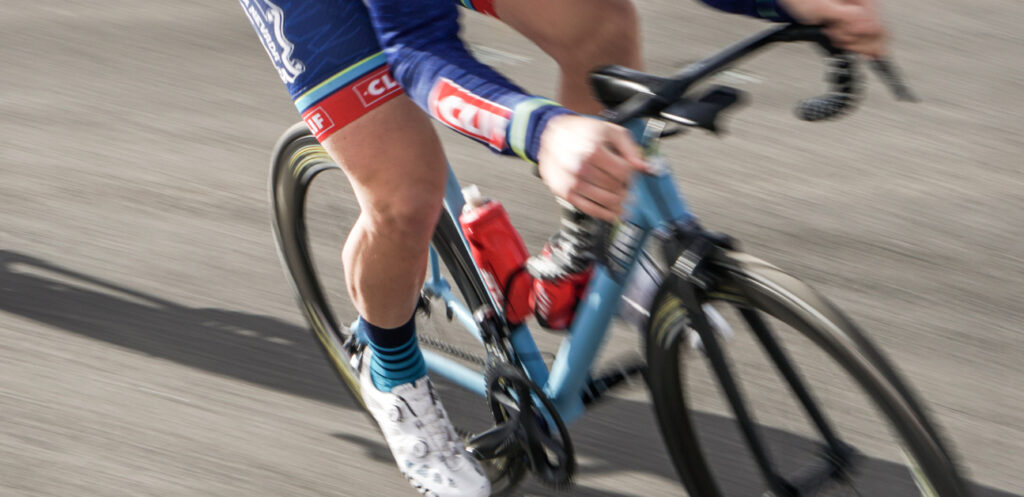What Is Sweet Spot Training: Everything You Need to Know
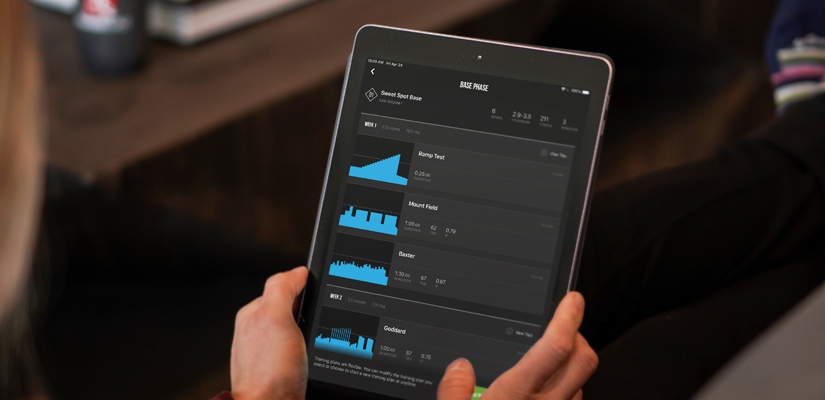
Sweet Spot training is completing workouts that contain intervals at 88-94% of your Functional Threshold Power (FTP). This type of work achieves positive physiological adaptations because it is the optimal balance of difficulty (intensity) and amount (volume).
Sweet Spot training is one of the most effective and efficient ways for cyclists to improve. With the right structure and training plan, you can let Sweet Spot training take your cycling performance to the next level.
Table of Contents
What is Sweet Spot Training?
Sweet Spot training is a series of workouts containing intervals near your Functional Threshold Power (FTP). It’s hard enough that it works but easy enough that you can do it several times a week. Compared to training in other power zones, you can prompt more meaningful aerobic adaptations in less time—making it effective for base training.
Sign Up Risk-Free for 30 Days
Sweet Spot training aims to improve your ability to resist fatigue while putting out relatively high power over a long time. As a result, this will enhance your cycling performance across the board by raising your FTP. So whether you are completing your first century or a competitive age-group triathlete, this type of training is a great option.
Sweet Spot Power Zone
This power zone rests between 88% and 94% of your FTP. This is a gray area between the Tempo and Threshold zones. Riding for an extended time in this training zone exhausts muscle fibers without too much muscle damage.
What Should Sweet Spot Training Feel Like?
This type of training is challenging but doable. By Rate of Perceived Exertion, Sweet Spot training will feel like a 7 on a scale of 1-10. A common misconception is that it should feel easy to ride just below threshold for a long time. But this isn’t the case because the target power is relatively high.
Why Is Sweet Spot Effective ?
Sweet Spot training is effective because it increases your aerobic capacity and muscular endurance, while balancing your ability to do it multiple times per week. Particularly during the Base Phase, you’ll increase the number of capillaries. That means more tiny blood vessels to deliver blood (oxygen & nutrients) to the muscles. You will also increase the strength of your mitochondria. Stronger mitochondria result in higher aerobic performance. You’ll also strengthen your heart, improve fat metabolism, and increase muscular endurance.
Adaptive Training
Get the right workout, every time with training that adapts to you.
Check Out TrainerRoadAll of these adaptations blend to achieve a shared outcome. You get oxygen extraction at the muscle. The more O2 the muscle can utilize, the more work it can do aerobically. As a result, you can produce more power without going into the red, meaning a higher FTP. All of this makes you a faster cyclist.
Who Should Use Sweet Spot Training?
We recommend Sweet Spot training to most cyclists because it’s a good way to apply progressive training stress. Even professional cyclists use it to prepare for the early racing season. What makes the best option for most cyclists? The answer is how much time you can commit to training.
There are two ways to complete Base Phase training. The first way is to ride at low intensities, often called zone 2. This traditional approach, because of the low intensity, requires a lot of volume. Traditional base training can require 10-20 hours per week. Unfortunately, most of us don’t have that much time to devote to training. The good news is that you can get the same benefits with Sweet Spot training in as little as 5 hours a week.
This is why we suggest Sweet Spot training for so many cyclists. Unless you have upwards of 20 hours per week to ride slowly, at low intensity, a bit more intensity is a much better choice. It’s a win-win. You can get faster in less time.
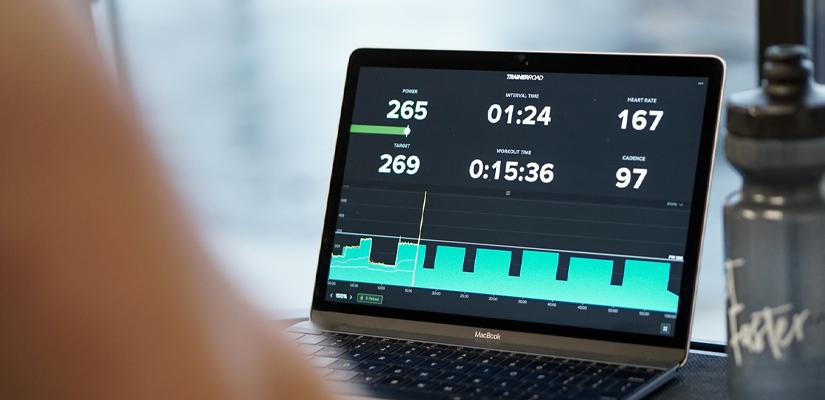
It’s for All Types of Riding
Whether you’re completing your first century or racing a crit, Sweet Spot training is effective for increasing your FTP. Aside from all the physical, these events will require you to put out high levels of power for a long time. During any race, whether a long gravel ride or Gran Fondo, so much time is spent in this specific power zone. Through Sweet Spot training, you’ll be ready to ride at a high percentage of FTP and crush your goal event.
How Often Should I do Sweet Spot Training?
How much Sweet Spot training you should do mostly depends on the amount of training stimulus you need to drive aerobic adaptations while balancing the need for recovery. And don’t forget about your work and family schedule as well. That said, the amount of Sweet Spot training you need is also based on training history and familiarity with it.
TrainerRoad offers three different training plan volume levels. One of the best ways to decide which training volume plan is best for you is to use Plan Builder. It accounts for your available training time, schedule, and goal event then creates the perfect plan for you.
Low-Volume
If you are new to structured training, we typically recommend starting with a low-volume plan. Low-Volume contains three workouts per week. This plan features more than just Sweet Spot workouts to make up for the lack of volume. You’ll spend anywhere between 1-3.5 hours Sweet Spot training.
Mid-Volume
The mid-volume plan features five workouts and mixes in endurance and threshold workouts. Typically, you’ll spend about 3.5 hours training in the Sweet Spot zone each week, with rides lasting between 60-90 minutes. These plans are best for athletes who can handle a higher training load but still want flexibility in their training schedules.
High-Volume
The high-volume plan contains the most Sweet Spot work. Of the six workouts each week, five will target this productive training zone with rides lasting between 60-120 minutes. These plans require extensive experience, a major time commitment, and an exceptional ability to recover. They are best reserved for athletes who have fine-tuned their nutrition and recovery strategies, yet no longer see improvements on mid-volume plans.
How To Do Sweet Spot Training
Starting this kind of training is easy. First, you’ll want to know your current FTP. The good news is that all TrainerRoad plans include the Ramp Test to assess your current fitness. Here’s what you can expect for a Sweet Spot workout.
Workout Structure
Every TrainerRoad workout begins with a warm-up. This prepares your body for the upcoming work. After the warm-up, you get a short rest period before jumping in the first interval.
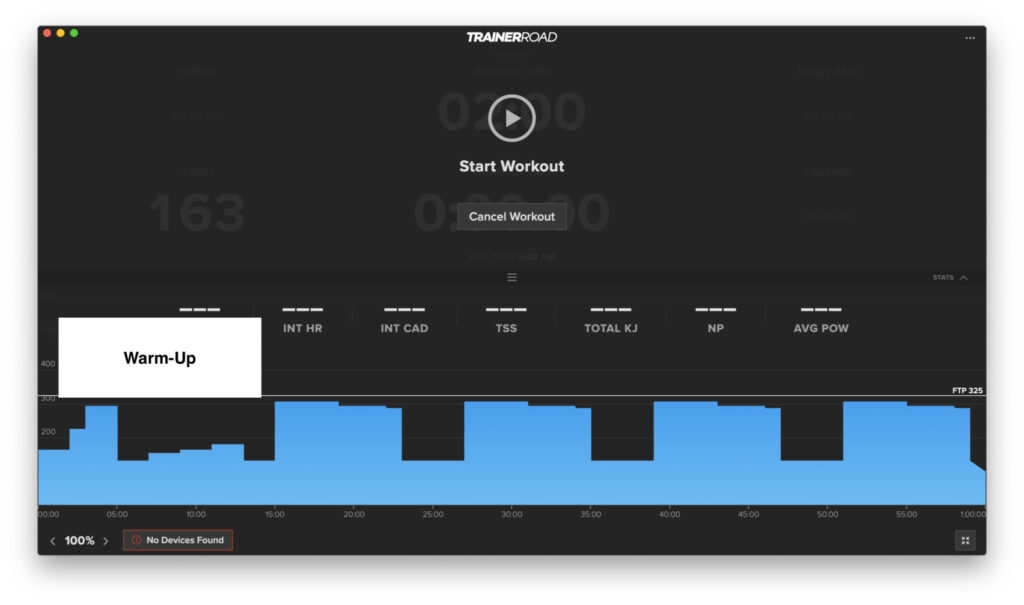
In this example, we are looking at Ericsson. It’s an hour-long Sweet Spot workout. Each interval is 8 minutes long. You’ll stay between 88-94% of FTP during that time. That adds up to 32 minutes in the Sweet Spot training zone. After the interval, you’ll get a 4-minute rest. Over the hour, you’ll complete four sets. Finally, you’ll finish with a cool-down.

Sweet Spot Interval Structure and Progressions
Each training plan follows a specific series of progressions. That means you’ll start with shorter intervals that will help ensure that you can finish the workout while hitting your power targets. You’ll grow your fitness and FTP as you work through the progressions. Over time, those intervals will become longer, more intense, or both. Your total time at this intensity will increase. So you may start with a workout like Ericsson, but you’ll quickly progress. Let’s take a look at some examples.

Carson is a good example of the next progression. Carson is six, 5-7 minute intervals between 88-94% FTP. You’ll complete 36 minutes of Sweet Spot work.
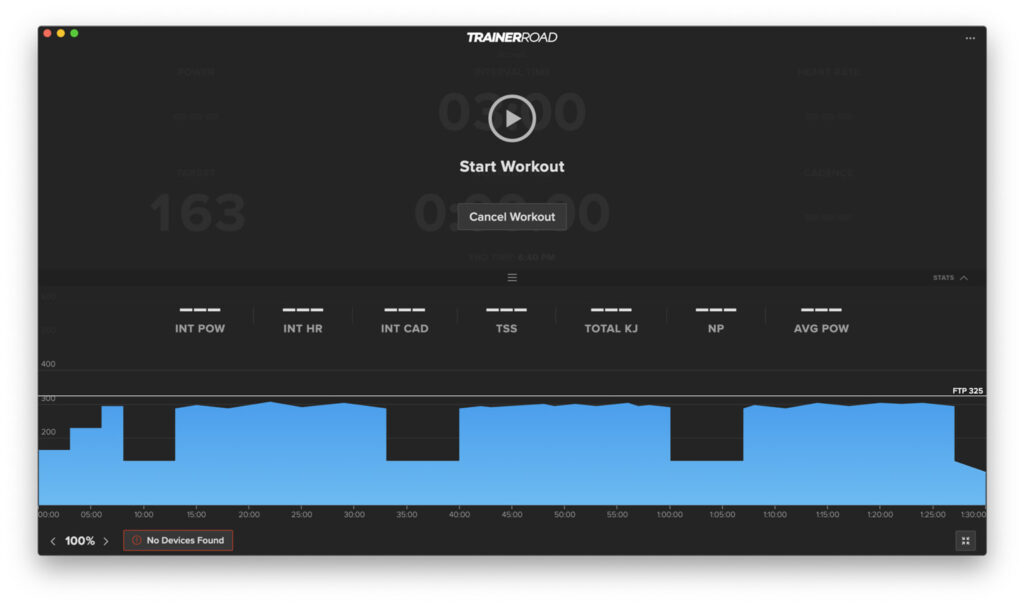
Eventually, you’ll work your way up to a workout like Eclipse. Here you’ll spend an hour in the Sweet Spot training zone with 20-minute intervals.
With the power of Adaptive Training, TrainerRoad’s plans give you the right workout, every time to make sure you are progressing the best way. By analyzing your recent workout performance, Adaptive Training optimizes your training progression.
5 Tips for Sweet Spot Workouts
Training at this intensity is tough but doable. However, there are some things that you can do to make your intervals a little bit easier. With the right nutrition and some equipment you have around the house, you’ll be ready to nail your workouts.
1. Fuel With Carbs
Sweet Spot training burns a lot of sugar, so it’s a good idea to eat a carb-rich meal 3-4 hours before your workout. Even if you’re aiming to lose weight, you need to fuel the work. You may need to eat some carbs during the workout, especially if it’s a long one. This will help you train your gut to handle carbs at intensity, which is helpful for race day.
2. Drink Up
Aim for at least one bottle every hour and maybe more. You can even use a sports drink mix for carbs and electrolytes. Pro tip: add some ice to the bottle to help reduce your core temperature.
3. Keep Cool
By far, the easiest way to make your training feel easier is to cool yourself with a good fan. Get at least one fan that moves a high volume of air and position it to cover the maximum amount of surface area on your body as possible.
4. Listen to Music
The right song can have a significant effect on how hard the workout feels. Your favorite, up-tempo music can help you push through.
5. Train With Your Friends
You can do your workouts with TrainerRoad’s Group Workouts. You’ll be amazed how fast the time goes by with friends there to motivate and encourage you.
Sweet Spot training is an effective and time-efficient way to train for the vast majority of cyclists. If you are ready to take your training to the next level, try building a customized plan with Plan Builder.
For more cycling training knowledge, listen to Ask a Cycling Coach — the only podcast dedicated to making you a faster cyclist. New episodes are released weekly.
